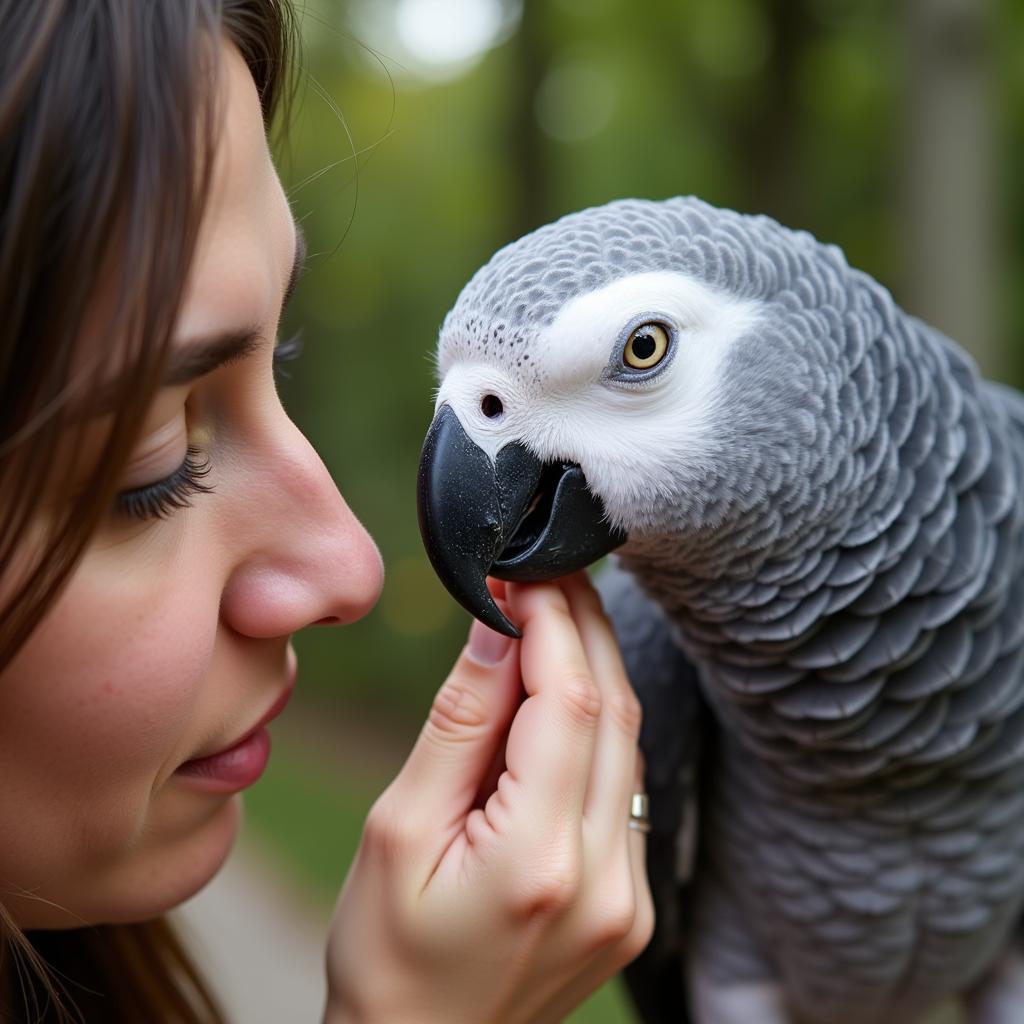African Elephant vs Giraffe: A Comparison of Gentle Giants
African elephants and giraffes, two iconic symbols of the African savanna, often share the same landscape. While both are herbivores and possess unique adaptations for survival, their differences are striking. This article explores the fascinating contrasts between the African elephant and the giraffe, comparing their size, diet, social structures, and the threats they face.
Size and Appearance: A Tale of Two Extremes
The most obvious difference between an African elephant and a giraffe is their size. Elephants are the largest land animals on Earth, with males reaching heights of up to 13 feet and weighing over 6 tons. Giraffes, on the other hand, hold the title of the tallest mammals, reaching heights of up to 19 feet, but their slender build means they weigh significantly less than elephants, typically between 1,750 and 2,800 pounds. Their long necks, which account for a significant portion of their height, are an evolutionary marvel, enabling them to reach high into the acacia trees for food. Elephants are characterized by their thick, gray skin, large ears, and of course, their tusks, which are elongated incisor teeth used for digging, defense, and social displays. Giraffes are instantly recognizable by their distinctive spotted coats, which provide excellent camouflage in the dappled light of the savanna.
Dietary Habits: Browsers vs Grazers
Both elephants and giraffes are herbivores, but their feeding strategies differ significantly. Elephants are grazers, consuming large quantities of grass, leaves, bark, and fruits. Their powerful tusks are useful for stripping bark from trees and digging for roots and water. Giraffes, meanwhile, are browsers, specializing in feeding on the leaves and twigs of acacia trees, which they can access thanks to their extraordinary necks. Their long, prehensile tongues and specialized digestive systems allow them to tolerate the thorns and toxins present in acacia leaves.
Social Structures: Family Bonds and Loose Associations
Elephants are highly social animals, living in complex matriarchal herds led by the oldest and most experienced female. These herds can consist of dozens of related individuals, including females and their young. Males typically leave the herd upon reaching adolescence, forming smaller bachelor groups or living solitary lives. Giraffes, in contrast, have looser social structures, forming temporary groups based on available resources. While females and their young may stay together for extended periods, adult males are often solitary or form small groups, competing for access to females.
Threats and Conservation: A Shared Struggle
Both African elephants and giraffes face significant threats to their survival, primarily due to human activities. Habitat loss due to expanding agriculture and human settlements is a major concern for both species. Poaching for ivory remains a serious threat to elephants, while giraffes are increasingly targeted for their meat and hides. Climate change, with its associated droughts and changing vegetation patterns, also poses a significant challenge to these iconic animals. Conservation efforts, including anti-poaching patrols, habitat protection, and community-based conservation programs, are crucial for ensuring the long-term survival of both elephants and giraffes.
What is the height difference between an African elephant and a giraffe? While elephants are bulkier, giraffes are taller, reaching up to 19 feet, compared to an elephant’s 13 feet.
Which animal is heavier, an African elephant or a giraffe? African elephants are significantly heavier than giraffes, weighing over 6 tons, while giraffes weigh between 1,750 and 2,800 pounds.
Do African elephants and giraffes eat the same food? No, elephants are grazers, eating grass and other low vegetation, while giraffes are browsers, eating leaves from tall trees like acacias.
Conclusion: Giants of the African Savanna
The African elephant and the giraffe, though sharing the same habitat, represent two distinct evolutionary paths, each uniquely adapted to its niche in the African ecosystem. Understanding their differences and the challenges they face is crucial for appreciating their importance and contributing to their conservation. Let’s work together to protect these magnificent creatures for generations to come.
FAQs
- What is the lifespan of an African elephant? African elephants can live for up to 70 years in the wild.
- How fast can a giraffe run? Giraffes can run at speeds of up to 35 miles per hour over short distances.
- Are elephants smarter than giraffes? Both animals exhibit complex social behavior and problem-solving abilities, but elephants are often considered to have more intricate cognitive abilities.
- How much do elephants eat per day? An adult elephant can consume up to 300 pounds of vegetation per day.
- What are the main predators of giraffes? Lions, leopards, and crocodiles are the primary predators of giraffes, particularly young and vulnerable individuals.
- How often do elephants give birth? Female elephants have a gestation period of about 22 months and typically give birth to one calf every 2-4 years.
- How do giraffes sleep? Giraffes sleep standing up, often in short bursts of a few minutes at a time.
You might also be interested in:
- Other comparisons of African wildlife
- Articles on African wildlife conservation efforts
- Information on African safaris and wildlife tours
Need assistance? Contact us 24/7: Phone: +255768904061, Email: kaka.mag@gmail.com, or visit us in Mbarali DC Mawindi, Kangaga, Tanzania. We have a dedicated customer support team ready to help.

